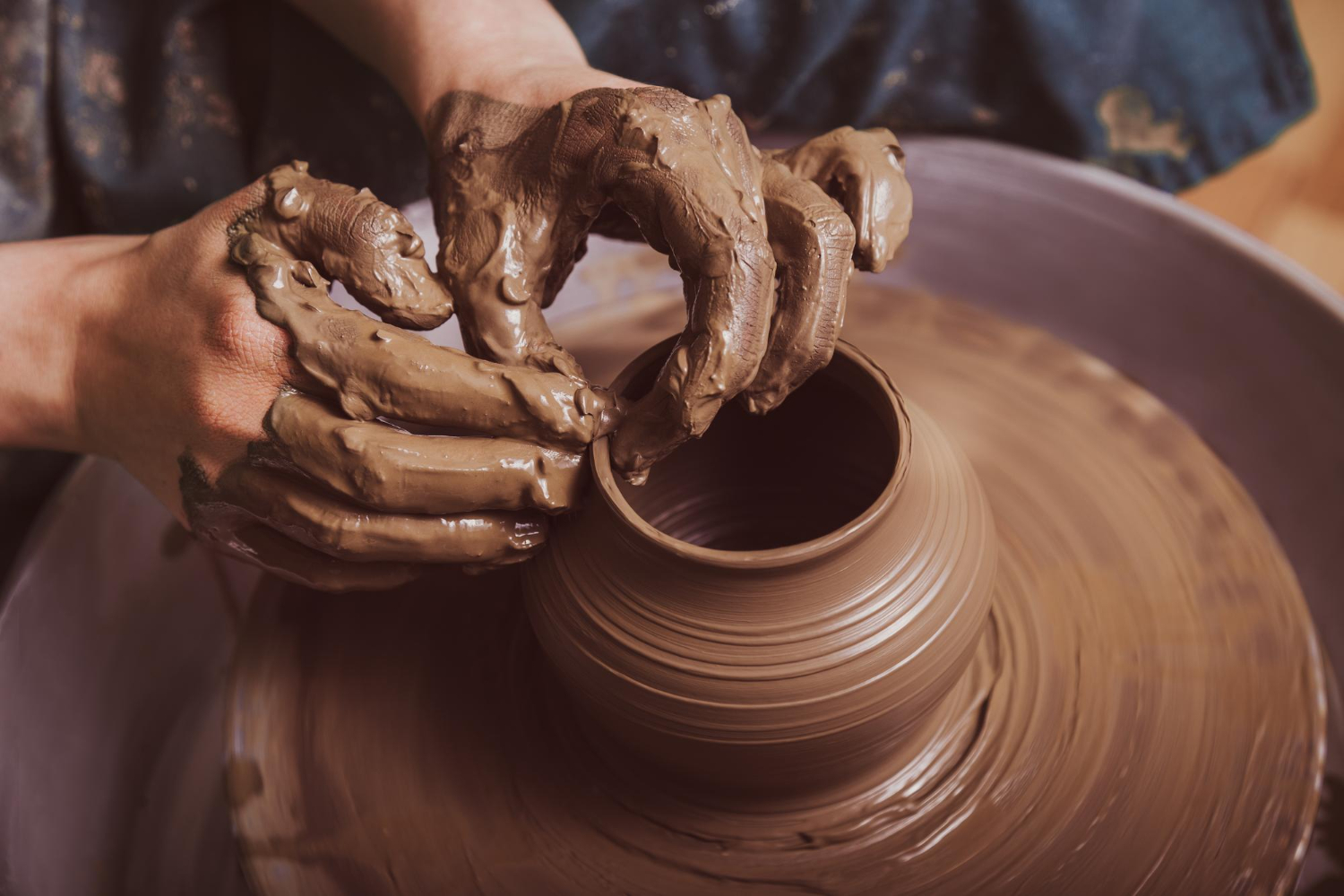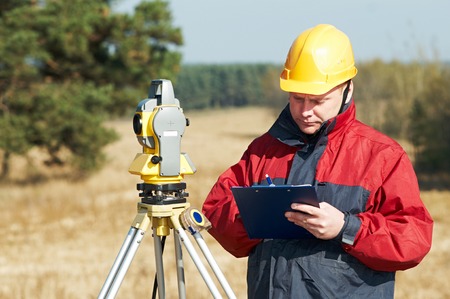The Impact of Art in Shaping Society: A Creative Revolution

Art has long been recognized as a powerful medium that has the ability to shape societies and ignite revolutions. From ancient cave paintings to contemporary street art, the impact of artistic expression on culture and social change cannot be underestimated. In this article, we will explore the transformative power of art across different eras and its significance in driving creative revolutions that challenge societal norms.
Paragraph 1:
The Renaissance: A Rebirth of Art and Humanism During the Renaissance, art underwent a profound transformation, reflecting a shift in societal values. Artists such as Leonardo da Vinci, Michelangelo, and Raphael not only produced masterpieces that celebrated human beauty and skill but also sparked a renaissance of ideas and humanism. The artwork of this era emphasized the importance of individualism, human potential, and the pursuit of knowledge, challenging the dominance of religious dogma and medieval traditions.
Paragraph 2:
Art as a Tool of Political Protest: The Avant-Garde Movements In the early 20th century, artists began using their creations as a means of political protest and social commentary. Avant-garde movements like Dadaism, Surrealism, and Cubism emerged, challenging the status quo and exposing the absurdity of societal norms. Artists such as Salvador Dalí, Pablo Picasso, and Marcel Duchamp pushed boundaries, addressing issues such as war, inequality, and the commodification of art itself. Their provocative and thought-provoking works forced society to confront uncomfortable truths.
Paragraph 3:
Street Art: A Voice for the Marginalized Street art, once considered vandalism, has become a respected form of artistic expression. Artists like Banksy, Shepard Fairey, and JR use public spaces to create visually striking and socially conscious artwork. Street art not only beautifies urban landscapes but also acts as a voice for the marginalized and disenfranchised. Through their murals and graffiti, artists shed light on social injustices, environmental degradation, and political corruption, provoking conversations, and inspiring change.
Paragraph 4:
Art and Technology: A Digital Revolution The advent of technology has opened up new avenues for artistic expression. Digital art, virtual reality, and interactive installations have revolutionized the art world, challenging traditional mediums and engaging viewers in immersive experiences. Artists like Olafur Eliasson and teamLab blur the boundaries between art and technology, creating multisensory environments that elicit emotional responses and provoke contemplation on our relationship with the digital age.
Paragraph 5:
Art Education: Nurturing Creativity and Empathy Art education is vital in fostering creativity, empathy, and critical thinking skills. By encouraging children and young adults to explore their artistic abilities, we cultivate a generation of individuals who can think outside the box, empathize with diverse perspectives, and find innovative solutions to complex problems. Art education should be prioritized in schools, as it enhances cognitive development and fosters social and emotional growth.
Conclusion:
Art has the extraordinary power to challenge, inspire, and transform societies. Throughout history, artists have used their creative expression to ignite revolutions, question established norms, and give a voice to the marginalized. Whether through Renaissance masterpieces, political protests, street art, or digital innovations, art continues to shape the world we live in. By recognizing and embracing the power of art, we can foster a more compassionate, imaginative, and socially conscious society.





